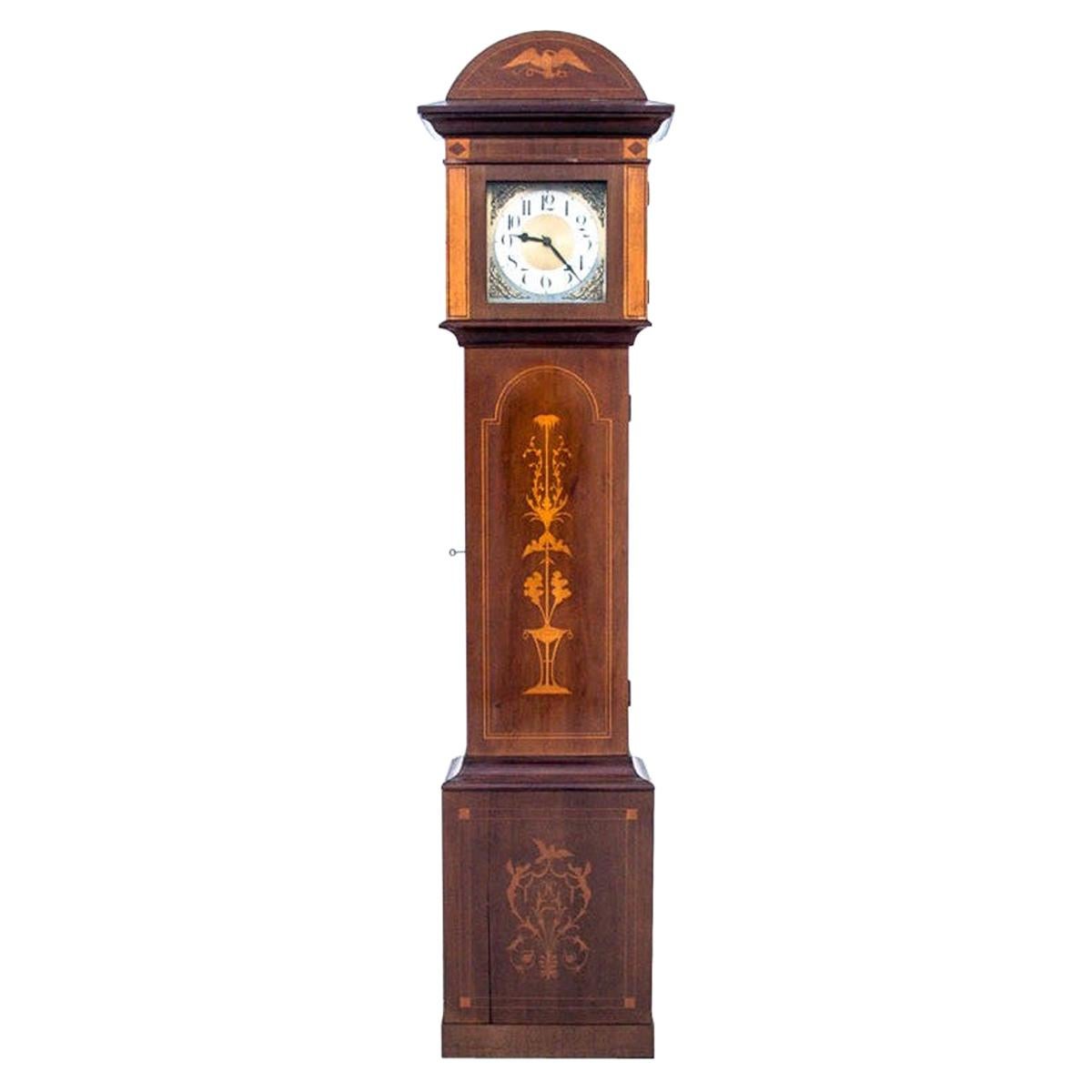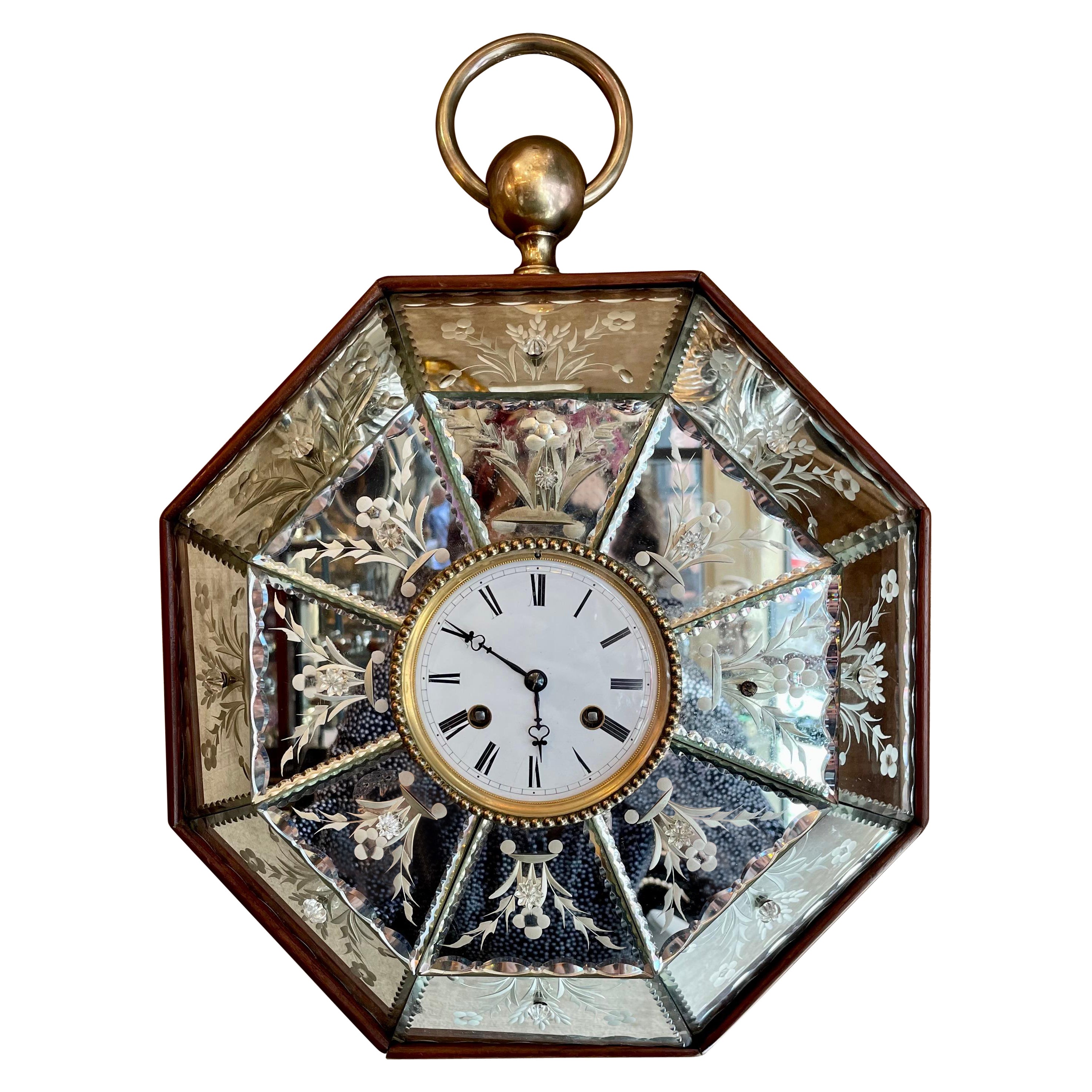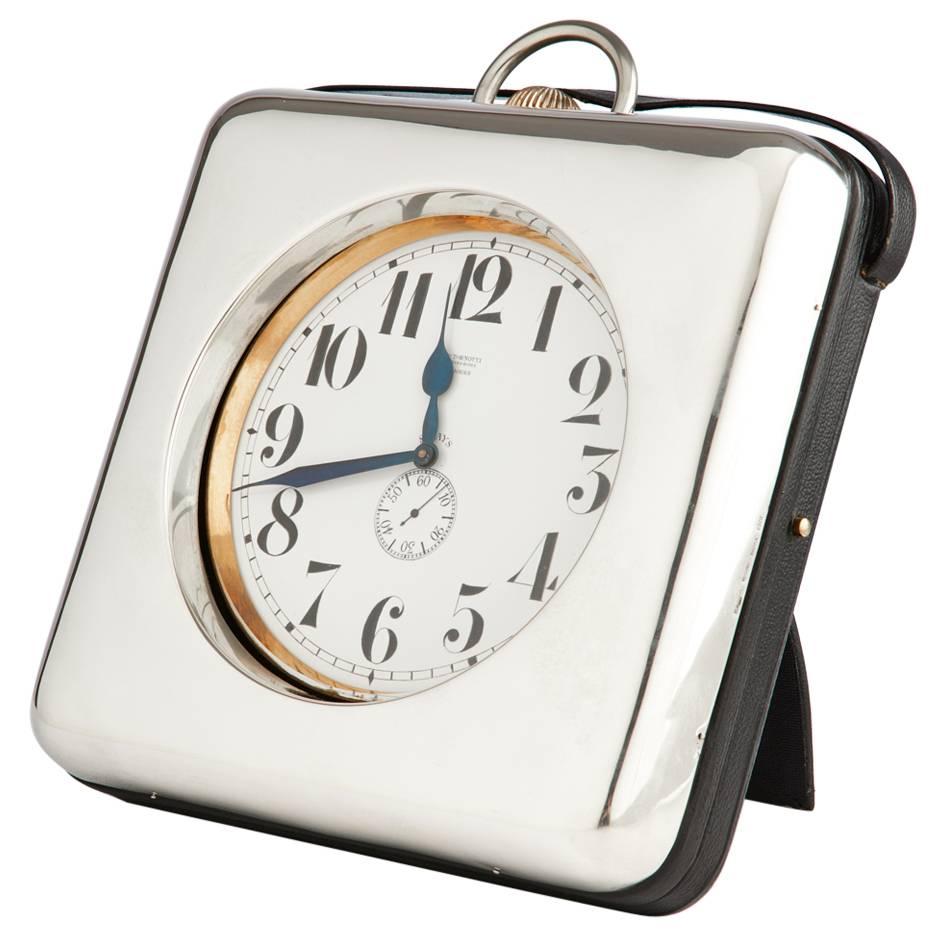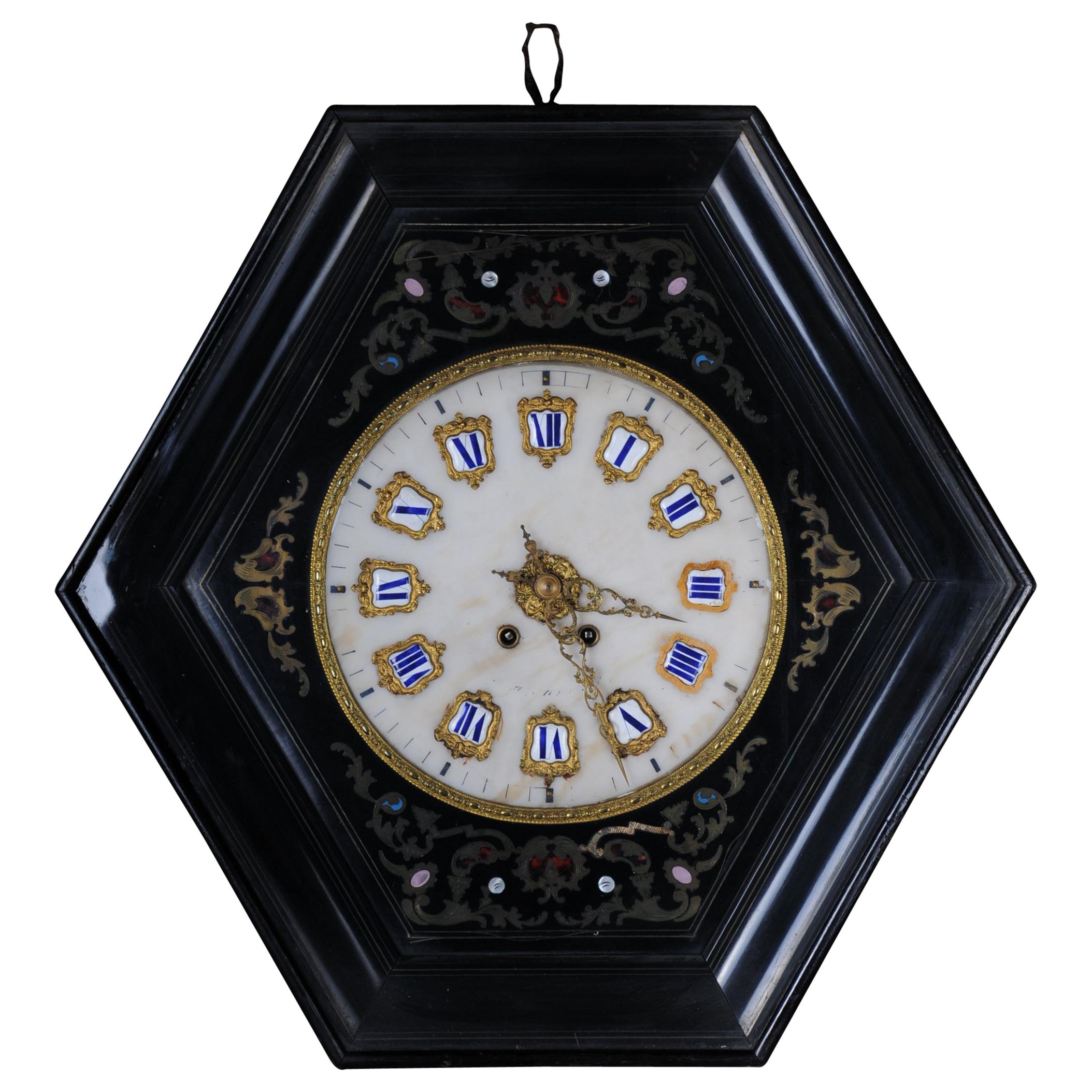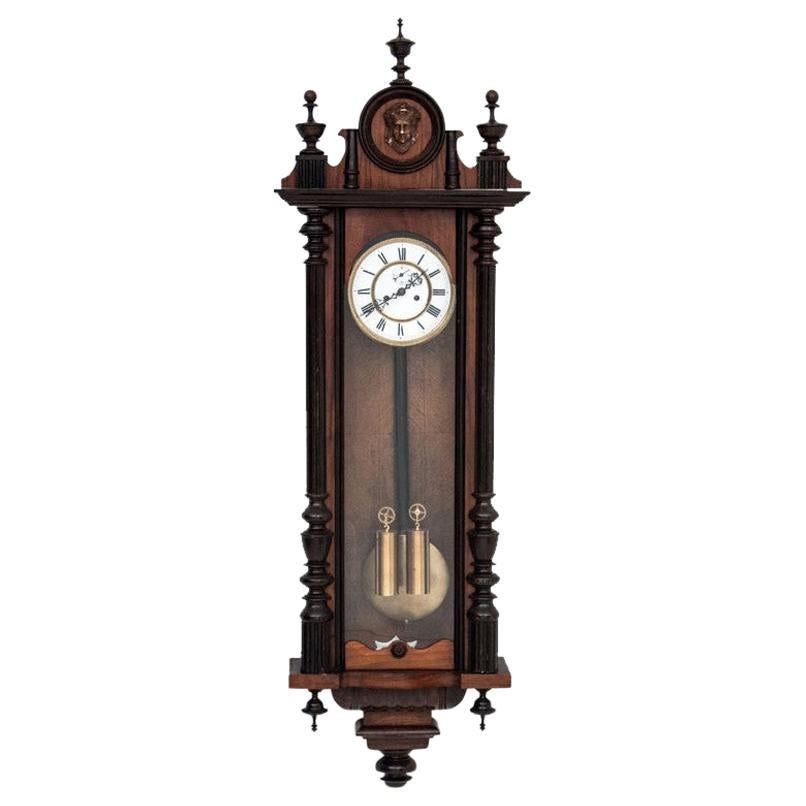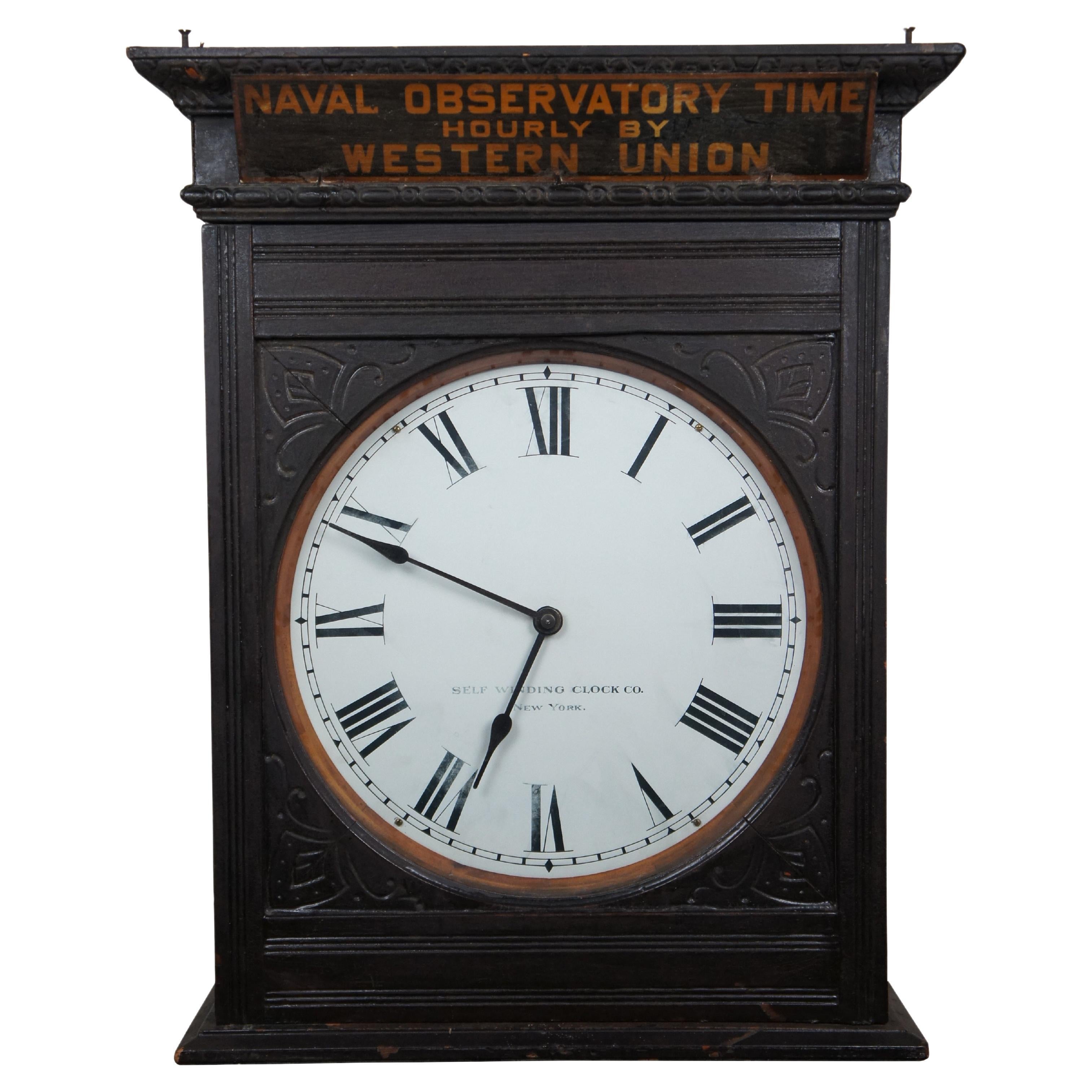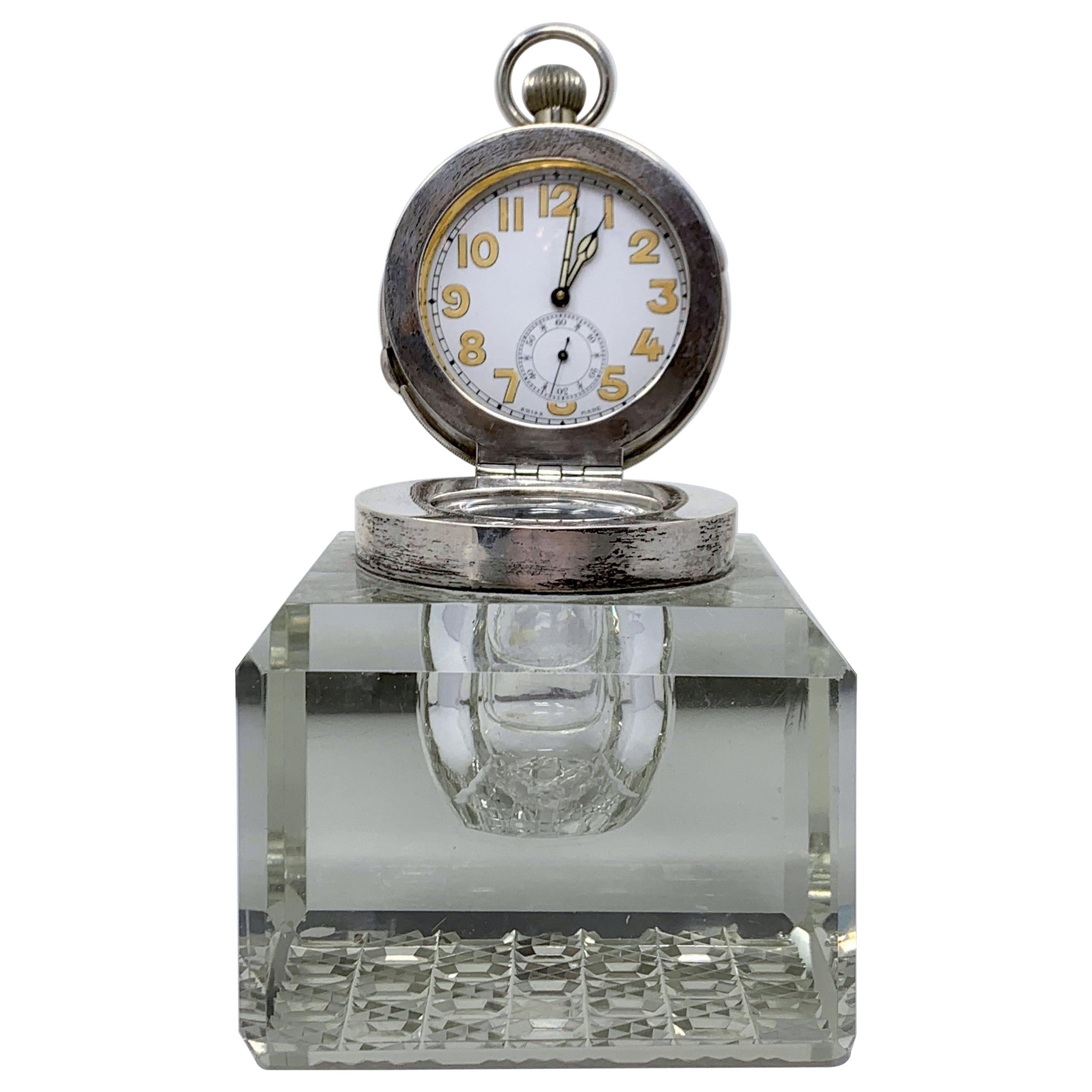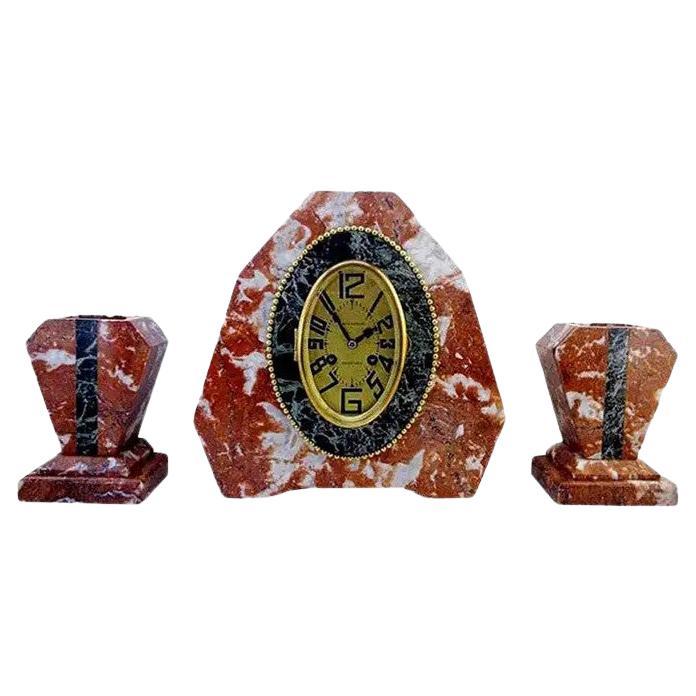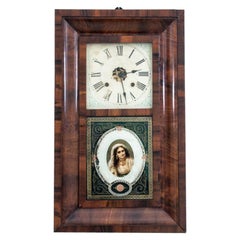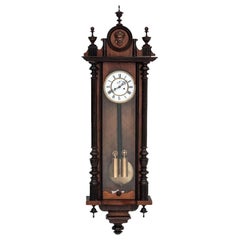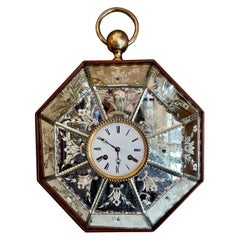
Antique Wall Clock, Western Europe, circa 1910
View Similar Items
Want more images or videos?
Request additional images or videos from the seller
1 of 8
Antique Wall Clock, Western Europe, circa 1910
About the Item
- Dimensions:Height: 30.32 in (77 cm)Width: 14.18 in (36 cm)Depth: 7.09 in (18 cm)
- Style:Other (Of the Period)
- Materials and Techniques:
- Place of Origin:
- Period:1910-1919
- Date of Manufacture:1910
- Condition:Wear consistent with age and use.
- Seller Location:Chorzów, PL
- Reference Number:Seller: 69271stDibs: LU4868124371062
About the Seller
4.8
Vetted Seller
These experienced sellers undergo a comprehensive evaluation by our team of in-house experts.
Established in 2009
1stDibs seller since 2019
473 sales on 1stDibs
Typical response time: 5 hours
More From This SellerView All
- Antique Empire Clock, Western Europe, circa 1860Located in Chorzów, PLAntique Empire clock, Western Europe, circa 1860. Dimensions: height 224 cm / width 54 cm / depth. 29 cm.Category
Antique 1860s Belgian Empire More Clocks
MaterialsWalnut
$2,864 Sale Price20% Off - Antique Wall Clock, Ansonia Clock Co.By Ansonia Clock CompanyLocated in Chorzów, PLAntique clock from the end of the 19th century. Dimensions: H 65 cm / W 39 cm / D 11 cm.Category
Antique Late 19th Century American Other Wall Clocks
MaterialsWalnut
$694 Sale Price20% Off - Antique Wall Clock, Late 19th CenturyLocated in Chorzów, PLThe clock is functional, after the clockmaster review Year: The end of the 19th century Origin: Western Europe Dimensions: Height 133 cm / width 42 cm / depth 17 cm.Category
Antique Late 19th Century Belgian Other Wall Clocks
MaterialsOak
$824 Sale Price20% Off - Antique French Gold Mantel Clock, circa 1900Located in Chorzów, PLA fireplace clock from the beginning of the 20th century. The clock is functional after the review Year: around 1910 Origin: France dimensions: height 28 cm width 28 cm ...Category
Early 20th Century French Louis XV Mantel Clocks
MaterialsMetal
$538 Sale Price20% Off - Folding Game Table, Western Europe, circa 1910, AntiqueLocated in Chorzów, PLAn antique game table from the beginning of the 20th century. Dimensions: H 68 cm / W 57 cm / D. 57 cm.Category
Vintage 1910s Belgian Game Tables
MaterialsWalnut
$1,085 Sale Price20% Off - Antique Fireplace Mantel Clock, France, circa 1900Located in Chorzów, PLAntique fireplace clock from the turn of the century. Dimensions: height 41 cm / width 30 cm / depth 14 cm.Category
Antique Early 1900s French Louis XVI Mantel Clocks
MaterialsBronze
$607 Sale Price20% Off
You May Also Like
- Antique Mirrored & Diamond-Etched Wall Clock, circa 1900-1910Located in New Orleans, LAAntique mirrored & diamond-etched wall clock.Category
Early 20th Century American Wall Clocks
MaterialsMirror
- Antique Monumental Silver Goliath Clock Circa 1910-1915Located in London, GBA monumental antique Goliath clock in the form of a pocket watch in its own silver customized case with easel support. This item was made for the Europea...Category
Vintage 1910s Italian Table Clocks and Desk Clocks
MaterialsSilver
- Antique Oak Case Clock /EuropeanLocated in Los Angeles, CAA well made Clock with Wooden case and Inlaid shell design. Has an 8 day movement and chimes. Dial is enameled and Brass ring. Pendulum is inside. No maker marks found. Did not take ...Category
Vintage 1920s French Arts and Crafts Mantel Clocks
MaterialsOak
- Fancy Antique Wall Clock, circa 1850Located in Berlin, DEFancy antique wall clock, circa 1850. Octagonal-shaped and black-framed body with glazed door. White dial. Hand-inserted inlaid brass elements in...Category
Antique Mid-19th Century French Napoleon III Wall Clocks
MaterialsWood
- Antique German Black Forest Wall Clock, Circa 1880.Located in New Orleans, LAAntique German Black Forest Wall Clock with Carved Bird and Florals, Circa 1880.Category
Antique Late 19th Century German Wall Clocks
MaterialsWood
- Rare Self Winding Clock Co Naval Observatory Time Western Union Wall Clock 26"By Self Winding Clock Co.Located in Dayton, OHAntique Western Union, Naval Observatory Time, self winding clock. Features a tall wooden case with carved corners and pediment mounted with tin sign reading "Naval Observatory Time Hourly By Western Union. White metal face with black Roman numerals and hands. Interior of case labeled "Property of Self-Winging Clock Co New York" and serial number on metal tag as well as on works. F Style / Vibrator movement, Serial Number 92630 (likely manufactured before 1917). Patented Oct. 4, 1898 by the Self Winding Clock Company. Fitted with Archer AC Adapter. "The Self Winding Clock Company (SWCC) of New York began business in 1886 marketing their own electro-mechanical clocks based on the 1884 electro-mechanical clock patent of one of the company founders, Chester Pond (1844-1912). The innovative principle of this clock mechanism was the incorporation of a small electric winding motor that automatically rewound the mainspring after the clock ran for one hour. The clocks were powered by batteries. The batteries would last at least one year. By being automatically rewound each hour, the strain on the mechanism was kept to a minimum, resulting in a very accurate timepiece. At about the same time SWCC began selling clocks, Pond was developing an electro-mechanical synchronizer attached to the clock movement that could synchronize the clock hands to an accurate time source. The synchronization occurs when a remote, precisely timed, electrical impulse is sent via wires connected to the individual clocks. By 1887 the synchronizers had been so improved that the Self Winding Clock Company could not only market individual clocks but also sell entire synchronized clock systems. By the 1960’s the days of individual elegant mechanical timepieces and synchronized time systems were over. SWCC ceased operations in the late 1960’s. All company records and inventories were relegated to the trash pile. The STYLE “F”, or as commonly referred to, the VIBRATOR movement was developed by Frederick M. Schmidt in the late 1890’s. By 1898 the “F” movement was being installed in almost all SWCC clocks. The movement has a Graham dead beat escapement. The “F” movement incorporates both the time train and winding motor in one set of plates. The motor used a single pair of coils. It was more reliable and easier to service than the rotary movement. The mainspring is re-wound after running for one hour. The vibrating armature oscillates up and down carrying a winding lever with a pawl that turns the winding wheel. The “F” movement was used in individual clocks and in clocks that were part of synchronized systems. It was made in 60, 80,120 and 140 beat versions. There were virtually no changes to the movement in 60 plus years the movement was in production. Almost all Style “F” movements wound on 3 volts DC. Style “F” movement serial numbers started in the 33,000’s and the first movements were probably made in 1898. The earliest plates had patent dates of 1891, 1892 & 1898. Serial numbers with these patent dates go up to the 63,000’s and were made before 1908. By 1908 the plates only had the 1898 patent date. By using catalog images of movement serial numbers it can be concluded that movements with serial numbers up to 112,000 were made in or before 1917. Movements with serial numbers up to 196,000’s were made in or before 1929. The single patent date serial numbers go as high as 220,000’s. Then there appears to be a large numbering gap. Finally, movements appear with no patent dates and serial numbers with the prefix FR. These numbers start at 300,000 but only continue to about 302,000. Start again at 400,000 and continue to about 402,000. Based on the large serial number gaps, the total number of “F” movements manufactured is probably around 200,000. They were manufactured between 1898 and possibly as late as the 1950’s. SWCC both sold clocks to and partnered with their biggest customer, Western Union in a nationwide distribution of precisely accurate “Naval Observatory Time” clocks. These either 120 or 140 beat Naval Observatory clocks...Category
Early 20th Century Late Victorian Wall Clocks
MaterialsMetal
Recently Viewed
View AllMore Ways To Browse
Antique Oak Wall Clock Wall Clocks
Antique European Wall Clocks
Antique Swedish Wall Clock
Antique Western Clocks
Retro Clock Face
Retro Modern Wall Clocks
Vintage 1960s Clock
Vintage Glass Wall Clock
French Wood Clocks
Iron Clock
Clock With Numbers
Retro Mid Century Wall Clock
United Wall Clock
Patina Clock
Different Clocks
1960s Retro Clocks
Metal Clock Face
1950s Retro Clocks
